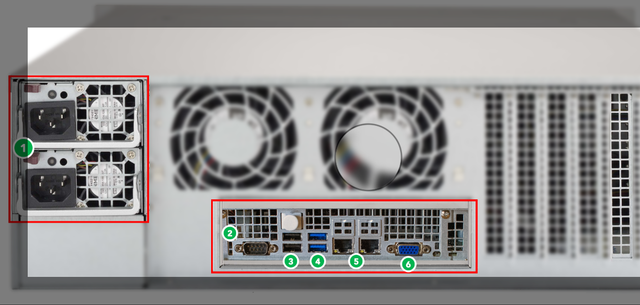VOD Setup Guide
Thank you for purchasing a VOD server from Cablecast Community Media! This guide will walk you through setting up your new server.
Prerequisites
Before beginning the installation, please make sure that you have the following resources available:
- An ethernet network connection
- A keyboard, mouse, and a VGA monitor
Hosts and Networking Requirements
All Cablecast systems have a "host" unit. When a VOD is part of the system, that will be the host unless otherwise specified. The host is the "brain" of the system as well as the external point of contact for livestreaming/VOD/external login (if used). REFLECT+ relieves the system of the external requirement.
- The VOD Server will need a static internal network address.
- VOD Server will require an external/public address (inbound TCP 80/443). DNS record will be required if you intend to use https/ssl for your VOD server.
Physical Connections
On the back of your Cablecast server, you’ll see several ports. Please refer to the diagram below for connections on your VOD server.
System Connections
All of the Cablecast servers share some basic system connections:
1. Connect a keyboard and mouse via the USB ports.
2. Connect a monitor. The monitor is required for server setup, and we recommend that it remain connected. All Cablecast servers have at least a VGA
port, and this is what we recommend connecting up to the KVM in your rack.
3. Connect the Cablecast server to the network via one of the ethernet network
jacks.
4. Connect the Cablecast server’s power supply to an AC power source using
the provided AC power cables.
FIGURE 1: The Cablecast VOD

1. AC Power
2. RS232 COM port (male)
3. USB 2.0
4. USB 3.0
5. Ethernet
6. VGA
Powering On
Once your Cablecast server is connected, power on the server by pressing the power button on the front of the unit. You will then go through the Windows 11 Out of Box Setup.
